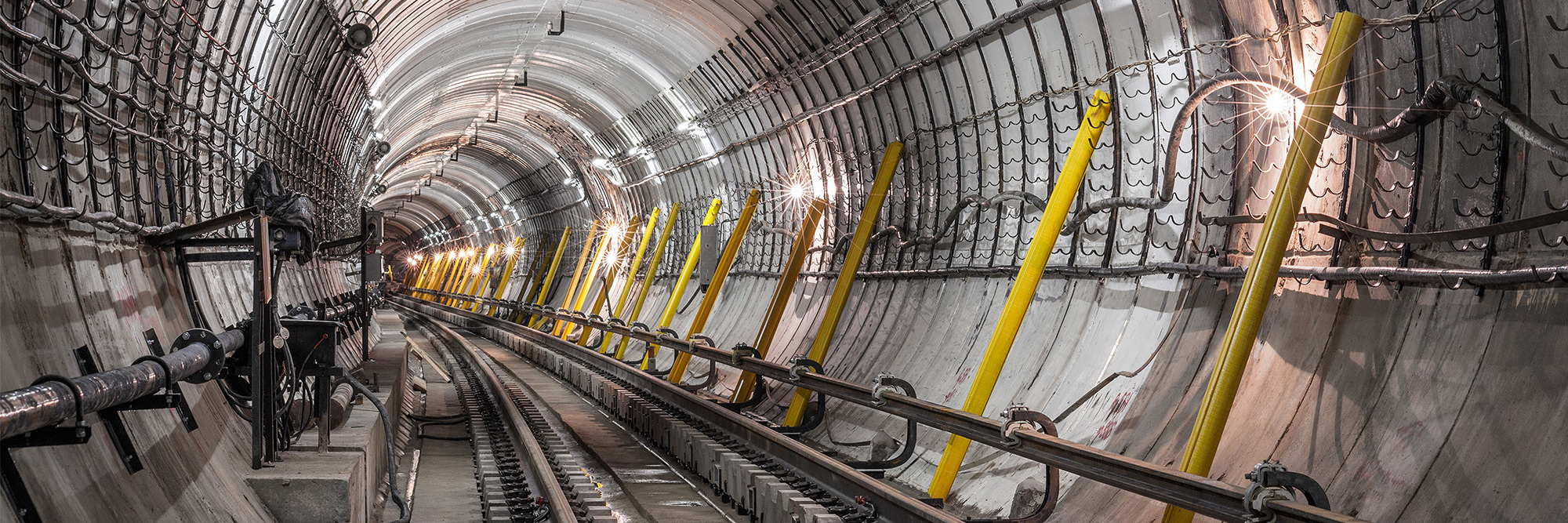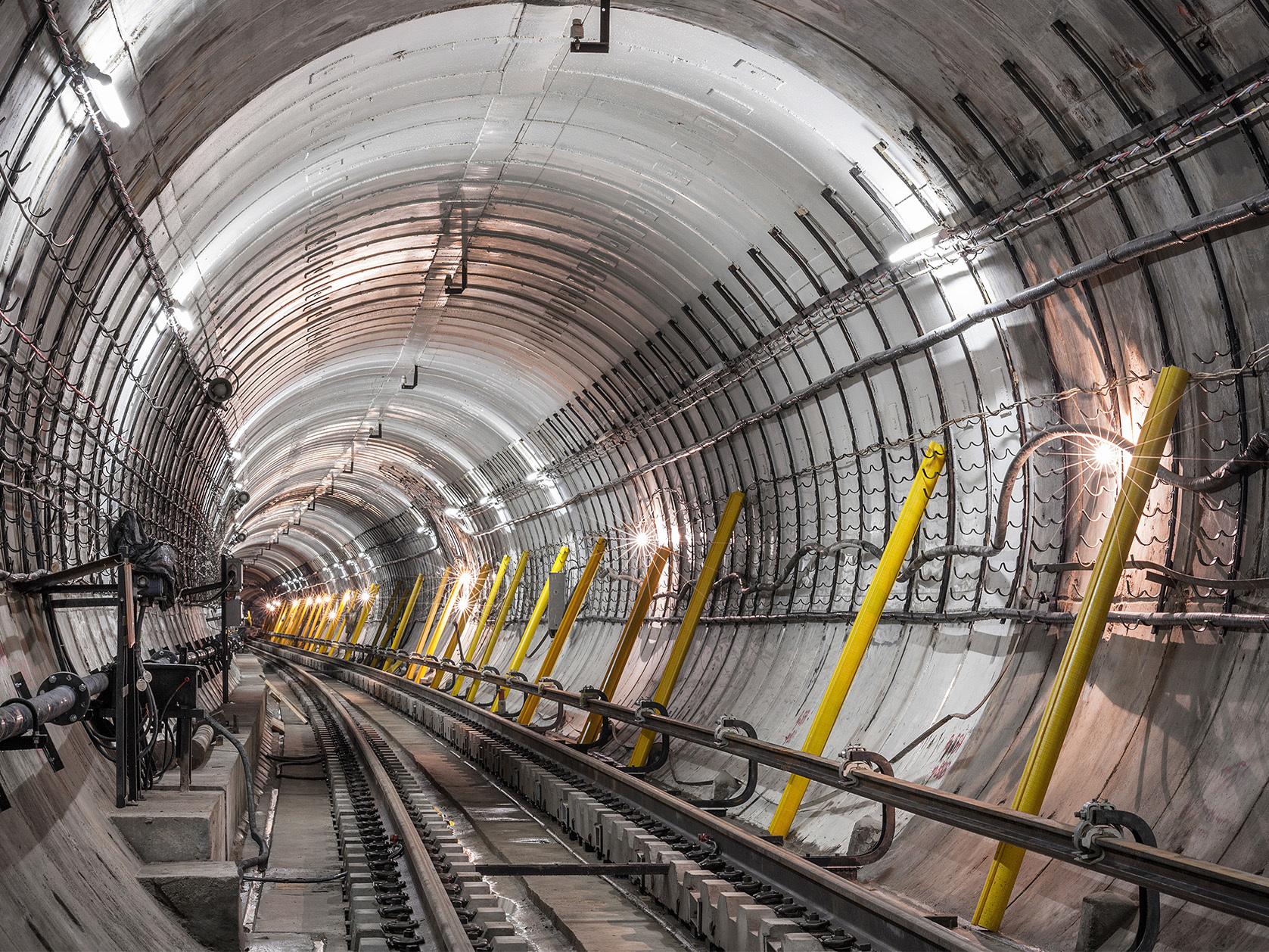On Tuesday, 21 March 2023, MinterEllisonRuddWatts hosted its inaugural Construction and Infrastructure conference Building Together | [Re]set for the future for industry governors and senior executive managers actively involved in the sector.
New Zealand is facing historically high levels of proposed investment in major projects and national programmes to deliver improved public outcomes and as a catalyst for economic growth. The way in which we deliver these projects and programmes gives rise to a unique set of opportunities and challenges.
Our panel of leading experts, Francesco Saibene (Project Director, Ghella Abergeldie Joint Venture), Will Goodwin (Head of Direct Investments, NZ SuperFund) and Felicity Underhill (Director East Australia and New Zealand - Fortescue Future Industries), and facilitated by Sarah Sinclair (Infrastructure Partner, MinterEllisonRuddWatts), considered what needs to be done to enable the successful delivery of mega projects and national programmes in New Zealand.
Putting New Zealand in the context of the world
The consensus view of the panellists (all from organisations with capability and resource (both domestic and international) of the sort needed to deliver on New Zealand’s future infrastructure pipeline), was that the New Zealand market has appeal. It is seen internationally as innovative, “go-getting”, a great place to live, and as having a comparatively low risk investment option. These factors mean that international organisations may pay a small premium to invest here.
However, a key theme that appeared from the panel discussion was that the benefits on offer in international jurisdictions are at risk of outweighing the inherent benefits that New Zealand can offer. These comparative international benefits include:
- Certainty: Clarity as to future project pipelines and the framework in which infrastructure will be delivered.
- Planning timeframes: Comparatively efficient and timely project planning and decision making processes.
- Attractive policy / regulatory settings: Development of settings to attract infrastructure investment and resource for specific projects or investment areas.
- Private sector capital: A willingness to utilise private sector capital and expertise in public infrastructure.
- Labour: Higher wages and greater future employment certainty and more efficient immigration processes to attract skilled labour.
Thinking for tomorrow – the challenge for New Zealand
The Panel noted that we live in a time of globally mobile capital. The opportunities are there, but attracting the capital, capability and resource necessary to deliver large-scale infrastructure projects in New Zealand is becoming more difficult.
To enable the successful delivery of mega projects and national programmes in New Zealand going forwards, the challenge from the panel was for a review of the current settings to provide certainty and appeal to international organisations, and clarity of future potential work for them to justify investing, and/or establishing their businesses in New Zealand.
Key settings highlighted as being important to attract international organisations to New Zealand
Focus of future projects
A focus on future projects is needed to show a vibrant future in the sector and attract investment to the New Zealand market. A future pipeline of work also provides international organisations establishing here with comfort that their investment in entering the New Zealand market is viable and sustainable.
Certainty is key
Certainty of the legal and regulatory framework is fundamental to attract international participants to New Zealand. If an organisation is going to commit capability and resource to New Zealand, it needs to know what parameters it is working within and that those parameters are unlikely to change. This is especially true for new and emerging business, such as hydrogen.
Consideration of private sector capital
Further consideration should be given to the use of private sector capital and expertise in public infrastructure projects, including in systems-thinking in project areas. Private sector capital and resource can then allow the public sector to focus its funds on necessary central services, while private investment can bring forward utility in other areas and fund projects for those systems.
The challenge for New Zealand is clear. Other countries are making moves to ensure they are at the front of the line for international investment, and the onus is on us to make our own moves to ensure we attract the necessary capital, capability and resource needed to enable the successful delivery on our mega projects and national programmes.








